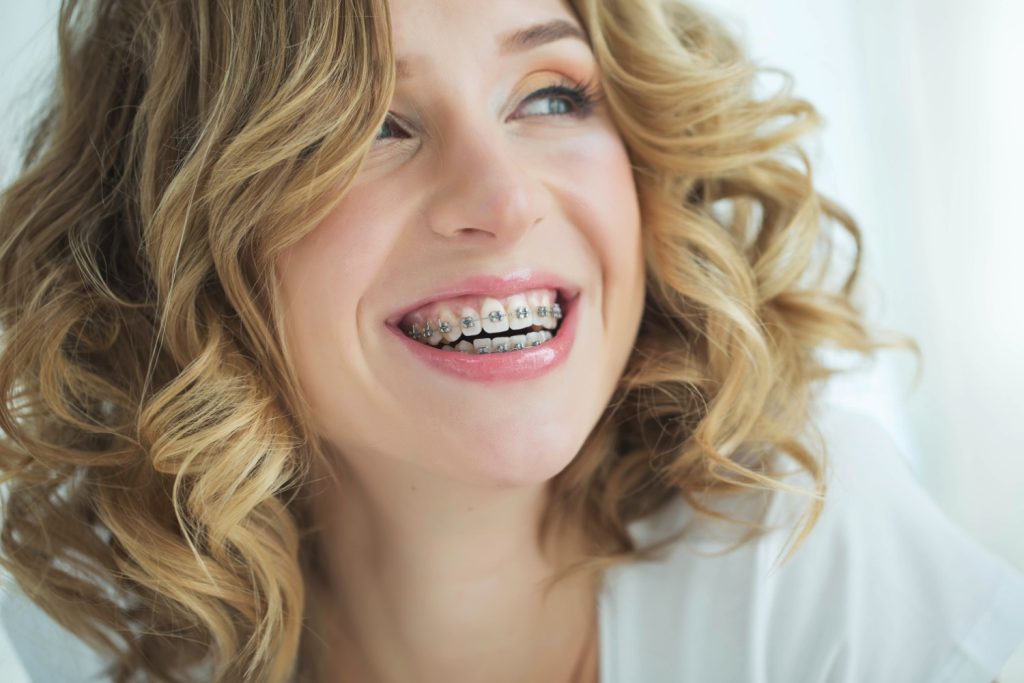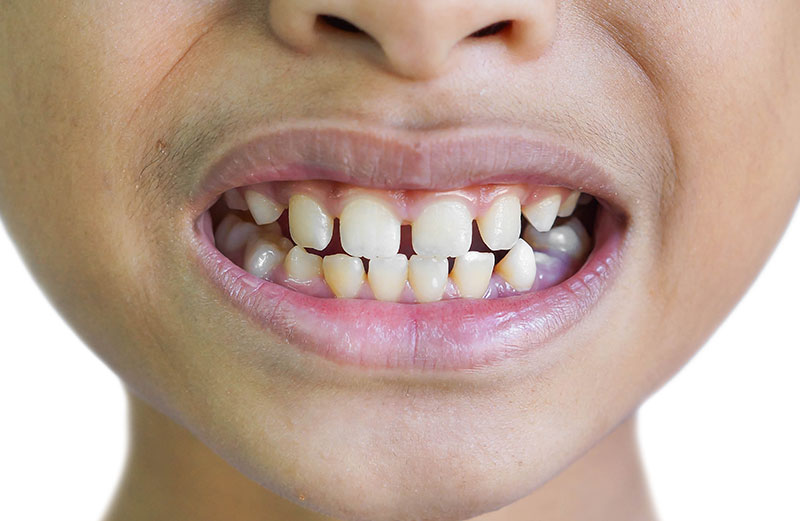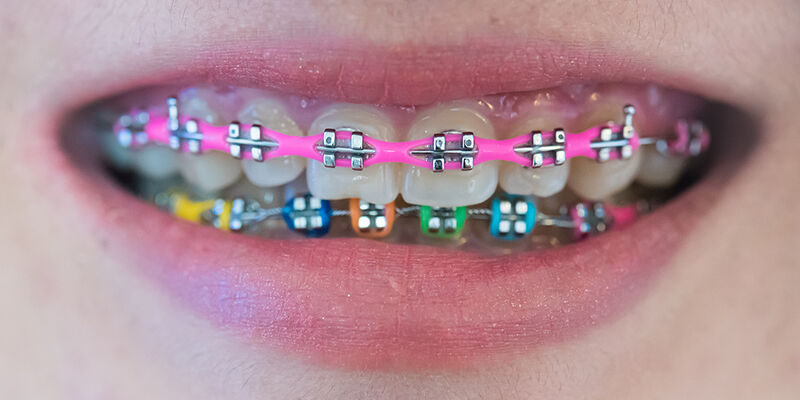How to Fix Buck Teeth Without Braces: Alternative Treatments and Solutions

How to Fix Buck Teeth Without Braces: Alternative Treatments and Solutions
Buck teeth, medically known as overjet, occur when the upper front teeth protrude significantly beyond the lower teeth. Traditionally, braces have been the go-to solution for correcting this dental issue. However, many people prefer to avoid the hassle and appearance of traditional braces. Fortunately, there are several alternative methods to fix buck teeth without braces. In this comprehensive guide, we’ll explore non-braces treatments, their effectiveness, and what to expect from each option.
What Are Buck Teeth?
Before exploring alternative treatments, it’s important to understand the condition itself. Buck teeth are a type of malocclusion where the upper front teeth extend too far forward. This can be caused by:
- Genetics: A common cause of buck teeth is hereditary traits passed down through families.
- Thumb-sucking or pacifier use: Prolonged thumb-sucking or pacifier use during early childhood can push the teeth forward.
- Jaw misalignment: In some cases, the upper jaw grows more rapidly than the lower jaw, causing the teeth to protrude.
Buck teeth are more than just a cosmetic concern — they can lead to oral health issues, such as an increased risk of injury to the front teeth, difficulty chewing, and even speech impediments.
Related Reading: What Causes Buck Teeth? Understanding the Root of the Problem
Can You Fix Buck Teeth Without Braces?
Yes, there are several ways to correct buck teeth without using traditional braces. However, the most effective method will depend on the severity of the overjet, the patient’s age, and other individual factors. Here are the most common options for fixing buck teeth without braces:
1. Invisalign: The Clear Aligners Solution
One of the most popular alternatives to traditional braces is Invisalign. Invisalign uses a series of clear, custom-made aligners to gradually shift the teeth into their proper position. These aligners are nearly invisible, making them a discreet option for both teens and adults who want to avoid the appearance of metal braces.
How Invisalign Works for Buck Teeth:
- Customized treatment plan: Invisalign treatment begins with a 3D scan of your teeth. Based on this scan, a series of aligners are created to move your teeth into their correct position over time.
- Gradual movement: Every one to two weeks, you’ll switch to a new set of aligners, each designed to move the teeth slightly closer to the desired alignment.
- Removable aligners: Unlike traditional braces, Invisalign aligners can be removed when eating, drinking, or brushing, making them more convenient for daily life.
Effectiveness of Invisalign:
Invisalign is most effective for mild to moderate cases of buck teeth. For severe overjet or jaw misalignment issues, traditional braces or surgery may still be necessary.
Learn More: How Braces Fix Dental Issues of Buck Teeth
2. Dental Veneers for Buck Teeth
For individuals with mild overjet who are primarily concerned about the appearance of their teeth, dental veneers may be a solution. Veneers are thin, custom-made shells made from porcelain or composite resin that are bonded to the front surface of the teeth. They can provide a cosmetic fix by covering the protruding teeth and creating the appearance of a more aligned smile.
How Veneers Work:
- Preparation: The dentist will remove a thin layer of enamel from the surface of the teeth to make room for the veneers.
- Custom fit: Impressions of your teeth are taken, and the veneers are custom-made to fit your teeth perfectly.
- Bonding: The veneers are then permanently bonded to your teeth, improving the appearance of your smile.
Effectiveness of Veneers:
Veneers are purely a cosmetic solution and do not correct the underlying alignment or bite issues associated with buck teeth. While they can improve the look of your smile, they won’t address problems like chewing difficulty or increased risk of injury to protruding teeth.
3. Orthognathic (Jaw) Surgery
For severe cases of buck teeth caused by jaw misalignment, orthognathic surgery may be the most effective option. This surgical procedure involves repositioning the upper and/or lower jaws to correct the alignment of the teeth and improve the overall function of the bite.
How Jaw Surgery Works:
- Consultation and planning: The process begins with a thorough consultation with an orthodontist and oral surgeon, who will determine whether surgery is the best option.
- Surgical procedure: During the surgery, the surgeon will reposition the upper or lower jaw to correct the misalignment. The procedure is performed under general anesthesia and may require a hospital stay.
- Recovery and braces: After surgery, braces or clear aligners may still be necessary to fine-tune the alignment of the teeth.
Effectiveness of Jaw Surgery:
Orthognathic surgery is highly effective for fixing severe overjet, especially in cases where the issue stems from a skeletal imbalance rather than just the teeth. This is a more invasive option but can provide permanent and dramatic results for both the function and appearance of the smile.
4. Dental Bonding
Dental bonding is another cosmetic solution for fixing the appearance of buck teeth without braces. During this procedure, the dentist applies a tooth-colored resin to the surface of the teeth and shapes it to give the illusion of better alignment. It’s a less invasive option than veneers and can usually be completed in a single visit.
How Dental Bonding Works:
- Preparation: The dentist applies a conditioning liquid to the teeth to prepare them for bonding.
- Application: A resin material is applied to the teeth and shaped to improve their appearance.
- Curing: The resin is hardened using a special light, and then the teeth are polished to create a smooth, natural-looking finish.
Effectiveness of Dental Bonding:
Like veneers, dental bonding is a cosmetic fix and does not address the underlying structural or bite issues. It’s best suited for minor cases of buck teeth where the patient is primarily concerned with the appearance of their smile.
5. Retainers for Minor Cases
In cases where buck teeth are mild, retainers can sometimes be used to correct the alignment. Retainers are custom-made orthodontic appliances that help keep teeth in place. While they are typically used after braces to maintain alignment, in some cases, they can also be used as a standalone treatment to prevent teeth from shifting further or to make minor adjustments.
How Retainers Work:
- Fixed retainers: These are attached to the back of the teeth and remain in place permanently to keep teeth in their proper position.
- Removable retainers: These can be taken out for eating and brushing and are typically worn overnight to prevent teeth from shifting.
Effectiveness of Retainers:
Retainers are only effective for minor cases of buck teeth and are not a solution for significant overjet or jaw alignment issues.
6. Myofunctional Therapy
For younger children, myofunctional therapy can be used to address some of the causes of buck teeth, such as improper tongue posture or mouth breathing. Myofunctional therapy involves exercises that help train the muscles of the mouth and face to promote proper function and alignment of the teeth and jaws.
How Myofunctional Therapy Works:
- Tongue exercises: These exercises focus on positioning the tongue correctly in the mouth to prevent it from pushing the teeth forward.
- Breathing exercises: Learning to breathe through the nose instead of the mouth can help prevent overjet caused by open-mouth breathing.
Effectiveness of Myofunctional Therapy:
This method is most effective when used in early childhood to prevent or reduce the severity of buck teeth. It’s not a replacement for braces or surgery in more severe cases.
Benefits of Fixing Buck Teeth Without Braces
Choosing an alternative method to fix buck teeth offers several benefits, including:
- Discreet treatment: Options like Invisalign and veneers allow patients to correct their smiles without the noticeable appearance of metal braces.
- Less invasive: Cosmetic treatments like veneers and dental bonding are less invasive than braces or surgery, making them appealing to adults who want a quicker solution.
- Improved aesthetics: These treatments can improve the appearance of your smile, boosting confidence and self-esteem.
- Convenience: Options like Invisalign are removable, making it easier to maintain oral hygiene and eat without restrictions.
Conclusion: Finding the Right Solution for Buck Teeth
While braces are still the most common and effective treatment for buck teeth, there are plenty of non-braces options available for those who prefer a different approach. Whether you’re looking for a cosmetic fix like veneers or a more functional solution like Invisalign, there’s a treatment option to suit your needs. Consulting with an orthodontist or dentist is the best way to determine which solution is right for you.
References:
- American Association of Orthodontists. (2022). “Clear Aligners vs. Braces: Which Is Right for You?”
- Journal of Cosmetic Dentistry. (2020). “The Role of Veneers in Cosmetic Dentistry.”
- Mayo Clinic. (2021). “Orthognathic Surgery for Severe Overjet: What You Need to Know.”









0 Comments on “How to Fix Buck Teeth Without Braces: Alternative Treatments and Solutions”